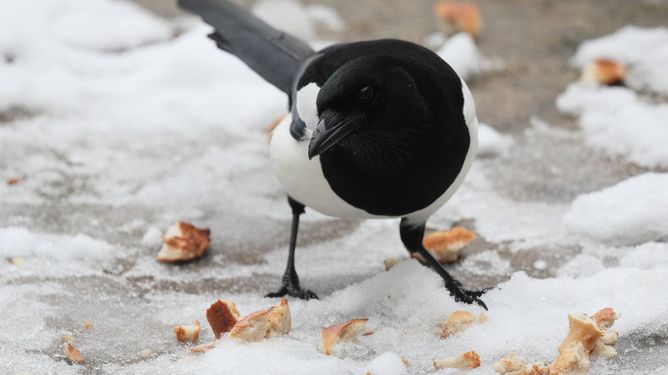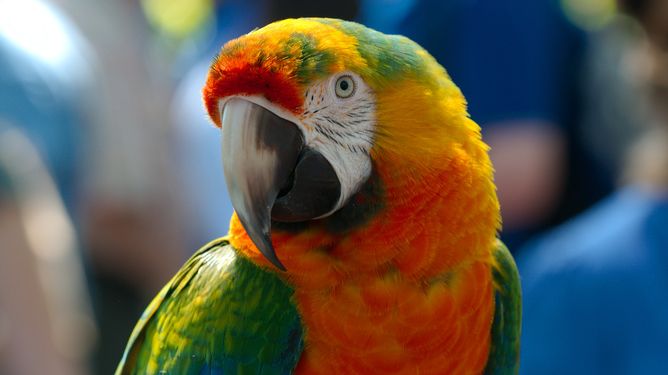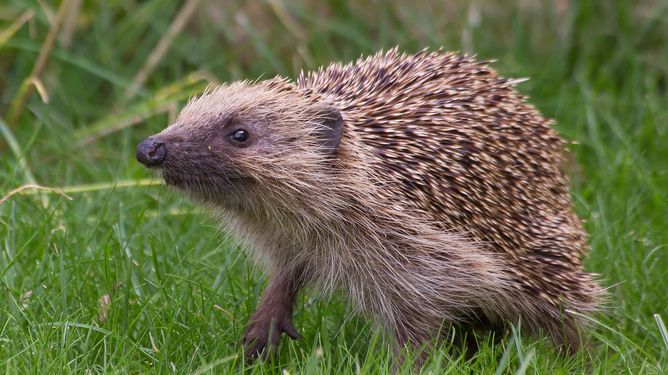
Press release -
COMMENT: In defence of magpies: the bird world’s bad boy is simply misunderstood
Mike Jeffries, Teaching Fellow at Northumbria University, writes for The Conversation.
There’s a famous British nursery rhyme about how many magpies one sees in a day. It begins: “One for sorrow, two for joy …"
The whole verse is strangely ambiguous, the lines alternating between good and evil as if we cannot make up our minds about this familiar bird. The rhyme ends with 13 magpies: “… beware it’s the devil himself.”
However I’ve got a soft spot for them. Perhaps I’m influenced by my local football team, Newcastle United, being nicknamed the magpies on account of their black and white stripes. Although the team seems wholly unable to acquire anything silver or glittery, unlike its feathered namesakes.
Magpies are commonplace in my city. Adults fuss and clatter as they tweak their twig nests, gangs of “teenage” birds loiter on park benches, inquisitive individuals tug at TV aerials or pry through the backyards tracking the fate of smaller birds. They have flourished in the UK in the past few decades, and their population trebled between 1970 to 1990 and has stabilised since then. But such a gaudy and notorious species was bound to attract public ire, especially as their reputation has been fed by centuries of superstition.
The stuff of superstition
Magpies, wherever they live, haunt folklore. Sometimes they appear as a sinister omen, but equally often as a friend. In the UK, a lone magpie is considered especially ominous and it is commonplace to voice a respectful enquiry as to the health of its wife and children. Conversely in China and Korea magpies are seen as bringing good luck.
The magpies of Europe seem to have been caught up with the dark reputation of their blacker feathered relatives, the crows and ravens. Shakespeare flings them into the supernatural mix of Macbeth as “maggot-pies”, a grim name, but likely to be a corruption of older words, “mag” for chatter and “pie” for black and white.
Except that they are not black, but an iridescent deep green with flashes of slick petrol blue and purple. Their stubby wings and long tail fan into art deco-like rays, and the whole colour scheme has a 1920s and 30s style and glittery appeal.
They stroll and swagger, peer and prod. Compare one in flight to artists’ impressions of proto-bird Archaeopteryx and there is a striking similarity. Many palaeontologists refer to the T. rex and Velociraptor as “non-avian dinosaurs”. However, if you watch a magpie at its most confident, on the hunt, you’ll see the link between these modern aviators and those ancient carnivores.
Their malevolent reputation is also associated with an eye for a glittery trinket, thieves who will steal to decorate their nests. Note the fecklessness of this: they aren’t even stealing to make a living, but purely for vanity. “Thieving magpie” is a common insult.
But a study published last year in the journal Animal Cognition seems to discredit this behaviour. Researchers found no evidence magpies were attracted to shiny objects offered to them, indeed the birds shunned the gifts. Instead they had “neophobia”, the researchers claimed; the birds were afraid of the unfamiliar, wary of the baubles. However, once you discover that the items on offer were metal screws and aluminium foil you could understand why any self-respecting jewel thief would turn up their beak at tawdry items of DIY hardware.
It is the magpie’s misfortune to have been swept up in the culture wars around birds of prey. The decline of sparrows, starlings and other smaller garden birds in recent decades and the simultaneous rise of the magpie and other predators such as sparrowhawks have been linked by campaign groups such as Song Bird Survival, with calls for culls of raptors and crows to help maintain a natural balance.
Conservation groups such as the RSPB have repeatedly pointed out the lack of evidence of impacts and asked why such campaign groups are so closely allied to hunting and shooting organisations. A recent review of 42 studies showed magpies and crows have very little impact and were unlikely to limit bird populations.
The effort and expense of controlling their numbers was disproportionate to the limited gains, done more because crows and magpies are conspicuous, the easy scapegoats of legend
This article was originally published on The Conversation. Read the original article.
Topics
Categories
Northumbria is a research-rich, business-focused, professional university with a global reputation for academic excellence. To find out more about our courses go to www.northumbria.ac.uk
If you have a media enquiry please contact our Media and Communications team at media.communications@northumbria.ac.uk or call 0191 227 4571.











